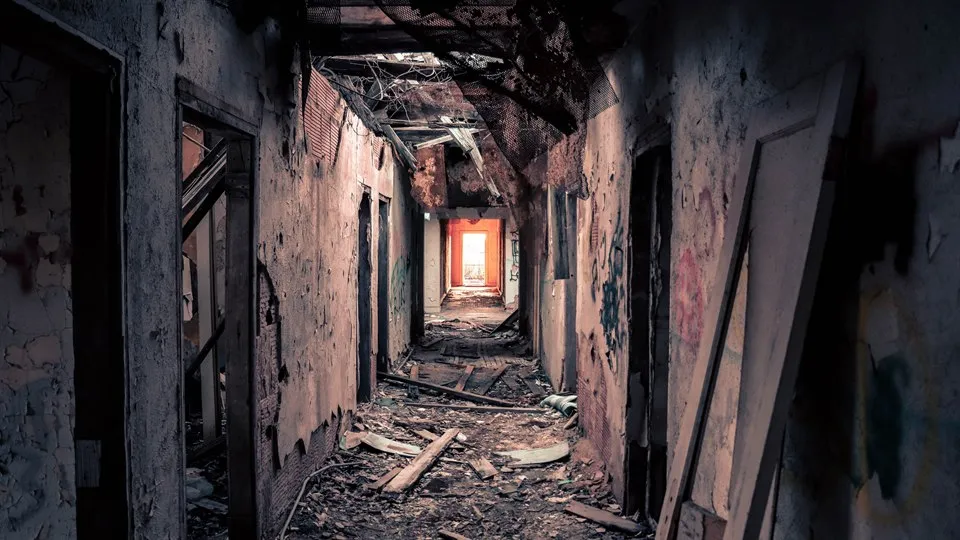Ghosts of Violence Past: Exploring the haunting effects of violence narratives in cultural texts
Recent research has shown that the effects of violence may linger in spaces and texts, ‘haunting’ them. This project aims to explore such haunting effects of violence narratives in cultural texts in order to examine how this affects the public imaginary of this crime.
New critical, criminological research, focusing on the temporal dis-ease in relation to crime, has begun to explore the lingering impact of violence in contemporary society. This includes spaces, places and texts, both physical as well as mediated, where violent crime have occurred and forever changed them; ‘haunting’ them. This project will build on this new field of criminology, exploring the haunting effects of violence narratives and discourses in cultural texts, including texts from popular culture. This, in order to explore how these narratives and discourses affect the public imaginary of this crime and how this may affect criminal justice.
This project draws on the emerging field of Ghost Criminology, which utilizes Derrida’s (1994) and Abraham and Torok’s (1972) notions of hauntology and spectrality in order to explore a sense of temporal dis-ease in relation to criminality and the criminal, and to explore the lingering impact of violence, oppression and history in contemporary society. Identifying the public imaginary of violence in popular culture, and exploring how these narratives and discourses ‘haunts’ our understanding of violence, have important implications for understanding violence. Not only does such studies provide a deeper understanding of violence and homicide in society overall, but this research will also uncover discourses of violence which shape our collective understanding of this crime, including criminal justice policies and crime prevention strategies.
Spanning over two years, this project will explore narratives and discourses of violence in a wide range of cultural texts, including video games, TV-series and newspaper articles. This will include the exploration of the elision of mental illness and violence, the construction of gender and the construction of the monstrous as it relates to violence. In order to explore the haunting effects of violence narratives in various cultural texts, different ethnographic methods will be utilised. This includes the use of auto-ethnography and ethnographic content analysis which, using a highly interactive and reflexive approach, identifies and illustrates the communication of meaning, in addition to confirm and explore theoretical relationships. The study will also explore the haunting effects of violence narratives using ghost ethnography. By focusing on the excluded, on the non-present and not-quite-there, haunting the margins of our everyday lives, ghost ethnography endeavors to unearth the absent, the excluded and invisible.
By unpacking aesthetic accounts of violence in video games, television-series and media texts, we can then trace their impact on the social and political imaginary. This will reveal not only how the public experiences, views and constructs violence, but also how this may effect criminal justice policies.
Facts
Project period
210301-241031
Research centers
Departments
Subjects
Research groups
Project leader

Project members




